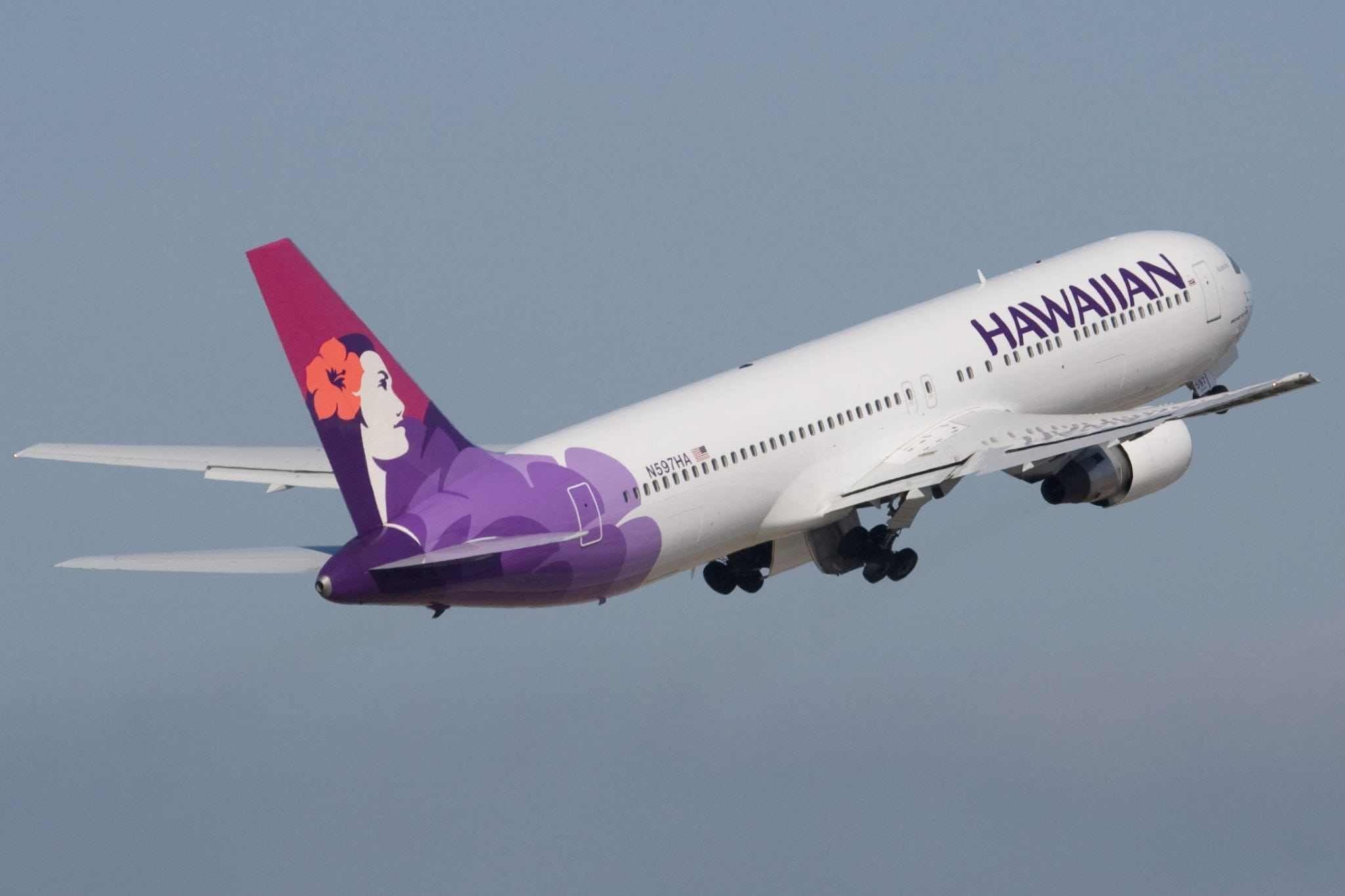Cobham Satcom aims to position itself as a growing presence on the In-Flight Connectivity (IFC) landscape. The company supplies equipment to airlines to help them enable the next generation of connectivity services on their fleet. This includes major U.S. airline Hawaiian Airlines, which is currently running a key connectivity trial alongside Cobham that will likely come to an end over the next few months.
 |
| Hawaiian Airlines Boeing 767. Photo: Wikipedia |
“We are expecting completion of this in the first quarter 2016,” Kim Gram, vice president of Cobham Satcom’s aeronautical business unit told Avionics Magazine. “It could be earlier, as the initial results from the trial have been very positive (it exceeds the current [Aircraft Communications Addressing and Reporting System] ACARS carrier performance by a significant margin). A lot of people in the industry believe that this is now OK. So, by early 2016, we expect the service to be made available for all airlines to use.
“There are some nuances to this,” Gram added. “What this means is that you can fly with reduced separation in the North Atlantic track. The FAA has sanctioned that Hawaiian Airlines can fly with reduced separation even during the trials. The airlines will then be able to fly [Future Air Navigation Systems] FANS routes with reduced separation if everything goes according to plan.”
The trial on Hawaiian Airlines is to verify the link performance of ACARS-encrypted FANS 1/A messages over SwiftBroadband (SBB). The ACARS safety services network consists of various links in the communication chain, not only the over-the-air portion, meaning the current trial is about end-to-end performance, not just the SBB over-the-air link. During the connectivity trial, a number of Boeing 767 aircraft will be fitted with Cobham SBB systems to transfer both ACARS over Internet Protocol (IP) over SBB in addition to IP over SBB.
The end of the trial has a huge amount of significance for the company, according to Gram, who said the trial’s completion will be the culmination of five year’s work. It could also be key in helping the company generate strong revenues going forward.
“We hope to start generating strong revenues on this. The IP enablement of the communication between the airline and its aircraft is of course not only about flight safety, but enabling all kinds of relevant communications. One of the most obvious things is weather data to the aircraft. It is pilot dispatcher communication,” he said. “It is things like credit card validation. There is a whole palette of relevant communication between the aircraft and its ground operations which becomes possible once you have IP data into the flight deck in a safe and controlled manner.” Gram added that Hawaiian Airlines also has the Electronic Flight Bag (EFB) connected during the flight.
Like a number of companies in this sector, Cobham Satcom is closely watching how airlines are looking to adapt their connectivity strategies. Gram said airlines have to buy into the idea of making their fleet e-Enabled, and that the aircraft manufacturers have to buy into the fact of having this equipment put on an aircraft and adding it to the production line.
“They will have an interest in manufacturers agreeing physical interfaces, so that they are not bound by one manufacturer. We are working with the airlines, and discussing with them what their connectivity strategy is going forward,” Gram said. “It is particularly relevant where you have low adaptation of connectivity, particularly on single-aisle aircraft when only around 10 percent of these aircraft have an IP data capability. So, of course, if you look at a large modern single-aisle aircraft — and this can be anyone from Ryanair, EasyJet or WestJet, as well as some of the Chinese airlines — they are the type of companies that we would be excited about engaging with.”
Cobham believes, thanks to its technology, it will be a key enabler for airlines to accelerate their connectivity strategy. “What we are contributing is specifically to make the equipment smaller and lighter, and easier to install. What we believe is that this will be a trigger point for proliferating IP data through satcom to the flight deck to aircraft. This will connect the aircraft to the operations of an airline,” Gram said.